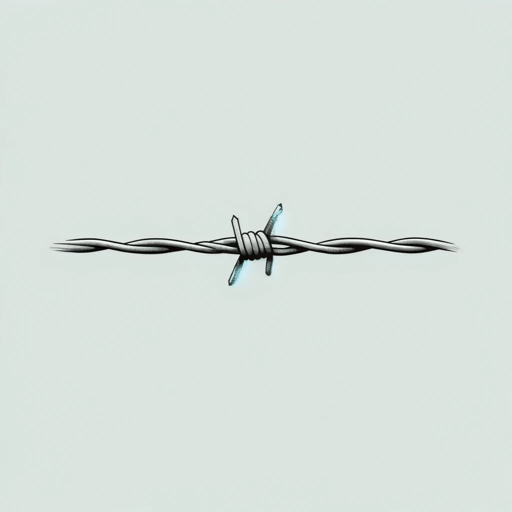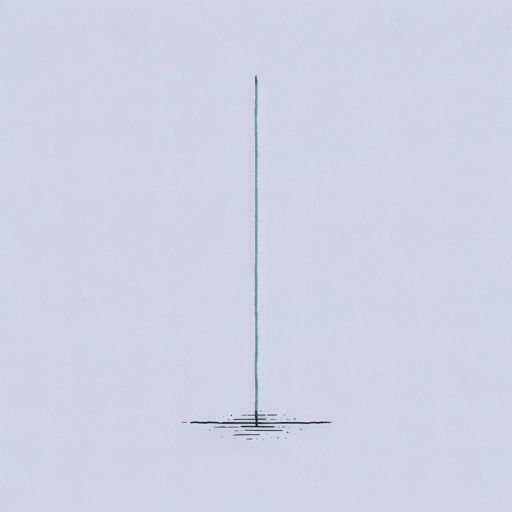61 pages • 2 hours read
Aleksandr SolzhenitsynThe Gulag Archipelago
Nonfiction | Biography | Adult | Published in 1973A modern alternative to SparkNotes and CliffsNotes, SuperSummary offers high-quality Study Guides with detailed chapter summaries and analysis of major themes, characters, and more.
Key Figures
Aleksandr Solzhenitsyn
The author and narrator of The Gulag Archipelago, Aleksandr Solzhenitsyn was born in December 1918, one year before the Russian Revolution, and died in August 2008, 17 years after the collapse of the Soviet Union. Born into a devoutly religious family who opposed the Soviet Union’s attacks on religion, Solzhenitsyn nevertheless developed communistic and atheistic sympathies in his youth. He joined the Red Army and served in the Soviet military for several years. However, he returned to religion later in his life. His experiences in the Soviet Union and the Gulag turned him against the ruling party in Russia. Solzhenitsyn was arrested while still in the Red Army and served eight years in the Gulag. Released in the wake of Stalin’s death, he became a writer whose work was highly critical of the Soviet Union. The Gulag Archipelago was written with the aim of exposing the horrors of the camp, to people both inside and outside Russia. He believed that the Gulag was an inevitable byproduct of communism and Soviet ideology.
In the narrative of the text, Solzhenitsyn combines his own experiences with those of his fellow inmates.








Related Titles
By Aleksandr Solzhenitsyn



